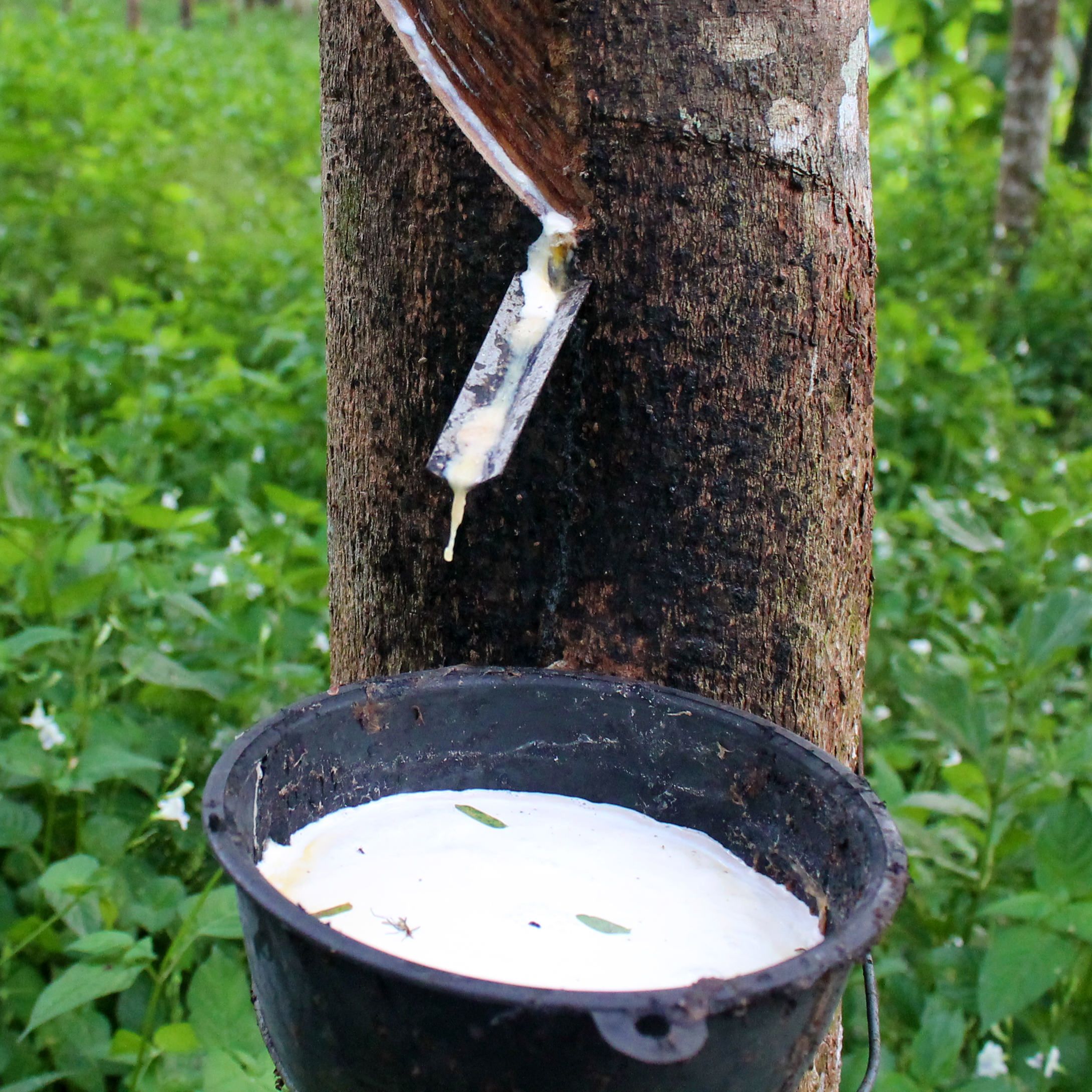Unveiling the wonders of the ruby rubber tree plant, this captivating narrative intertwines storytelling with scientific facts, revealing its extraordinary characteristics, cultivation secrets, and multifaceted uses.
From its distinctive foliage to its potential medicinal properties, this botanical marvel invites us on an enthralling journey of discovery.
Characteristics and Identification: Ruby Rubber Tree Plant

The ruby rubber tree plant (Ficus elastica ‘Ruby’) is a captivating evergreen known for its striking appearance and air-purifying qualities. It belongs to the Moraceae family and is native to tropical regions of Southeast Asia. This tropical beauty boasts a distinct combination of physical attributes that make it easily recognizable.
The ruby rubber tree is characterized by its large, glossy leaves. These leaves are ovate to elliptical in shape and have a leathery texture. Their deep green color is accented by a prominent central vein and a reddish-burgundy tint along the edges, giving the plant its distinctive ‘ruby’ name. The leaves are arranged alternately along the stem, adding to the plant’s overall aesthetic appeal.
Stem
The stem of the ruby rubber tree is sturdy and upright, providing support to the large leaves. It has a smooth, gray-brown bark with visible nodes where the leaves attach. As the plant matures, the stem may develop aerial roots that descend from the branches to provide additional support and stability.
Root System
The ruby rubber tree has a fibrous root system that spreads out laterally near the soil surface. These roots are responsible for anchoring the plant and absorbing water and nutrients from the soil. The plant’s ability to store water in its roots allows it to tolerate periods of drought.
Size and Growth Habit
The ruby rubber tree is a fast-growing plant that can reach impressive heights indoors. In its natural habitat, it can grow up to 100 feet tall, while indoors it typically reaches heights of 6-10 feet. The plant has an upright growth habit, with its branches extending outwards to create a dense canopy.
Distinctive Features
The ruby rubber tree is often mistaken for the common rubber tree (Ficus elastica). However, there are a few key differences that distinguish the two plants. The ruby rubber tree has smaller leaves with a more pronounced reddish-burgundy tint, while the common rubber tree has larger leaves with a darker green color. Additionally, the ruby rubber tree has a more compact growth habit and is generally shorter in height than the common rubber tree.
Cultivation and Care
![]()
The ruby rubber tree plant, with its captivating foliage, requires specific conditions to thrive indoors. Understanding its optimal growing environment and proper care practices is essential for maintaining its vibrant appearance.
Light Requirements
The ruby rubber tree prefers bright, indirect light. Direct sunlight can scorch its leaves, causing them to turn brown and crispy. East- or west-facing windows provide ample light without exposing the plant to excessive heat.
Soil Requirements
A well-draining potting mix is crucial for the ruby rubber tree. A combination of peat moss, perlite, and vermiculite provides aeration and moisture retention. Avoid heavy, compacted soils that can suffocate the roots.
Watering Requirements
Water the ruby rubber tree when the top 2-3 inches of soil feel dry to the touch. Avoid overwatering, as soggy soil can lead to root rot. During the growing season (spring and summer), water more frequently, and reduce watering in the fall and winter when the plant is dormant.
Propagation, Ruby rubber tree plant
Propagating the ruby rubber tree is relatively easy. Take a 4-6 inch stem cutting from a healthy plant, remove the lower leaves, and dip the cut end in rooting hormone. Plant the cutting in a moist potting mix and keep it warm and humid until roots develop.
Repotting
As the ruby rubber tree grows, it will need to be repotted into a larger container. Choose a pot with drainage holes and a diameter 2-3 inches larger than the previous one. Use fresh potting mix and gently loosen the roots before repotting.
Benefits and Uses
![]()
The ruby rubber tree plant offers a range of potential benefits and creative uses, contributing to both indoor and outdoor environments.
In terms of health benefits, the plant has been traditionally used in some cultures for medicinal purposes. Its leaves contain antioxidants and antimicrobial compounds, suggesting potential benefits for wound healing, inflammation reduction, and air purification.
Air Purification
The ruby rubber tree plant is recognized for its air-purifying capabilities. It effectively removes harmful toxins from the air, such as formaldehyde, benzene, and trichloroethylene. These toxins are commonly found in household products, building materials, and cleaning agents. By incorporating this plant into indoor spaces, individuals can improve air quality and reduce exposure to pollutants.
Traditional Medicine
In traditional medicine practices, the ruby rubber tree plant has been utilized for its potential healing properties. The leaves are often used to prepare extracts or ointments for treating various ailments, including skin infections, burns, and inflammation. Additionally, some cultures believe that the plant possesses antibacterial and antifungal properties.
Landscaping and Home Decor
Beyond its medicinal uses, the ruby rubber tree plant is widely valued for its aesthetic appeal. Its glossy, deep green leaves add a touch of elegance to both indoor and outdoor spaces. In landscaping, it is often used as a specimen plant, a focal point in gardens or along pathways. Indoors, the plant thrives in bright, indirect light and can be placed in various rooms, adding a touch of greenery to living spaces, offices, or even bathrooms.
Other Creative Uses
- Rubber Production: The latex extracted from the ruby rubber tree plant is a source of natural rubber, a versatile material used in various industries, including tire manufacturing, medical equipment, and household products.
- Food Source: In some regions, the young leaves and shoots of the ruby rubber tree plant are consumed as a vegetable, providing essential nutrients and antioxidants.
- Woodworking: The wood of the ruby rubber tree is durable and resistant to rot, making it suitable for use in furniture making, flooring, and other woodworking projects.
